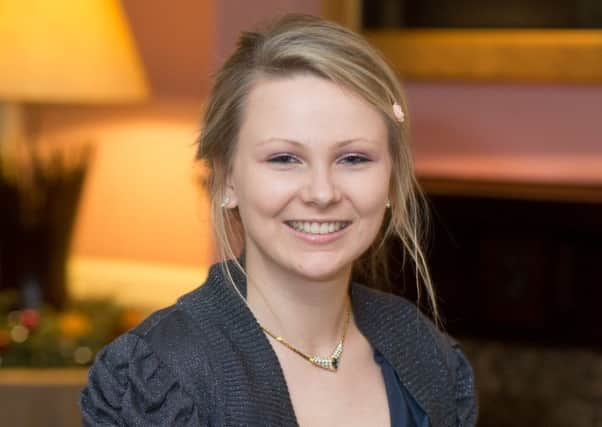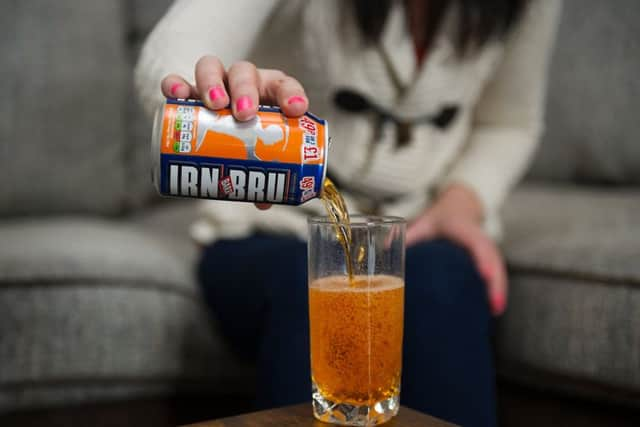Catriona Morrice: Fizzy drinks hit the sweet spot for those living with type 1 diabetes, but sugar tax has changed that.


Many people are generally unaware of how much sugar they have in their diet, which can lead to obesity and dental problems.
But for some people, sugar is not a bad thing – in fact, it can be an essential treatment for people with type 1 diabetes.
Advertisement
Hide AdAdvertisement
Hide AdIt’s what helps them if their blood glucose levels drop dangerously low to the point they experience hypoglycaemia, commonly known as a hypo.


The instant rush of sugar from a can of fizzy drink or high-sugar food enters the bloodstream very quickly, helping someone recover. Hypos can be dangerous if the individual can’t get hold of something suitably sweet. In extreme cases they can even go into a coma.
Through years of living with the condition, people with type 1 diabetes have learned what works for them individually.
Many stockpiled cans of their preferred sugary drink before the sugar tax kicked in.
But what is worrying for people with type 1 diabetes is that old (pre-sugar tax) and new recipe versions of their fizzy drink of choice have been stacked next to each other on supermarket shelves.
This can lead to confusion around how much they need to drink if they experience a hypo. The certainty of what they need is lost. A hypo can be scary and can be caused by the simplest of things – accidentally injecting more insulin than needed, physical activity, a lack of food or the consumption of less carbohydrate than originally thought.
Symptoms can vary – sometimes there are very vague signs or none at all which is known as hypo unawareness – but sweating, dizziness, hunger, blurred vision, difficulty concentrating, feeling anxious and changes in behaviour are the most common.
People with type 1 diabetes can’t always predict when their blood glucose is going to drop too low, which is why it makes sense for them to always carry a hypo treatment such as fizzy drink at all times.
Advertisement
Hide AdAdvertisement
Hide AdIt’s also worth letting friends, family and colleagues know how to treat a hypo and what sugary drink works best. On occasion blood glucose might drop so low that people with the condition are unable to treat the hypo themselves. This may happen if they have hypo unawareness, or if they are asleep at the time.
For people with type 1 diabetes, it’s a never-ending challenge. Their daily life consists of endless finger prick tests, carbohydrate counting before each meal and multiple injections.
That’s why we need a cure and research and technological advancements are helping to bring us closer.
We have supported the development and testing of a world-leading, UK-based artificial pancreas which consists of a continuous glucose monitor, an insulin pump and an algorithm, working together to automatically measure and regulate background blood glucose levels.
It significantly reduces the worry and guesswork from managing type 1 diabetes and has the potential to be transformational for those with the condition.
There is nothing you can do to prevent type 1 diabetes. It has nothing to do with eating too much sugar as it’s an autoimmune condition.
With more than 29,000 Scots living with the condition, and with incidences increasing at a rate of about four per cent each year, particularly in children under five, this means that Scotland has one of the highest incidences of type 1 diabetes in the world.
It’s simply shocking that it’s right on our doorstep. I can’t wait for the day that people with type 1 diabetes have their cure and can throw away their insulin pumps and pens, but until then, we need to keep pushing with research and technology to make this come to reality.
Catriona Morrice, development manager (Scotland), JDRF.